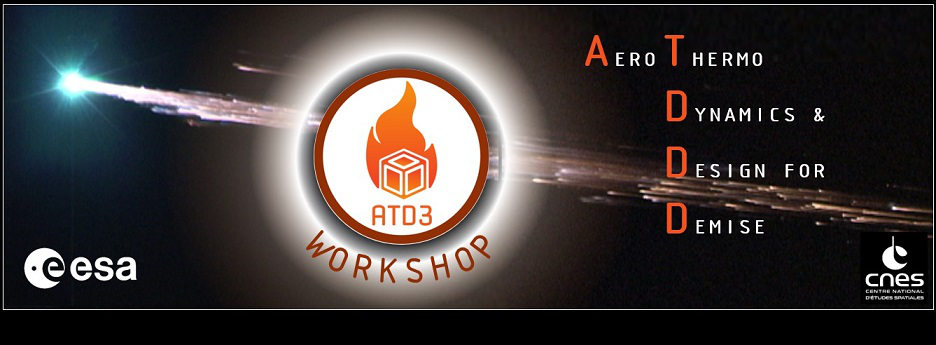Speaker
Description
The Navier Stokes Multi Block (NSMB) solver is developed in a consortium of different companies and universities in Switzerland, France and Germany. From the start the solver was designed to be used for hypersonic flow simulations, and it has been used in a large variety of ESA and EU funded space projects, among them the IXV (including the post-flight analysis) and the RETALT (Re-usable Launchers) projects.
To facilitate the mesh generation for complex geometries NSMB employs the chimera method was well as the patch grid method. For hypersonic flows a bow shock adaption procedure is available. A large variety of numerical schemes as well as turbulence models are available in the solver. The ALE (Arbitrary Lagrangian Eulerian) approach is available for moving grids as well as for moving bodies simulations.
Several CFD simulations were made for the ATD3 2022 test case. The grid for this test case was generated using the chimera approach with 2 groups. The first group includes the moving ring, while the second group includes the cylinder and serves as background grid for the moving ring. Particular attention was given to refine the background grid in the region in which it is expected that the ring will move. The grid was made such that 2 grid levels could be used in the simulations.
Calculations for the ATD3 test cases were made using the dual time stepping approach. The inflow conditions were varied in time according the test case description document. Calculations were made starting both at t=0 seconds and t=3.8 milliseconds. In the latter case the starting location of the ring as well as its initial state were given as input.
Simulations were made using different turbulence models, different outer timesteps, different tolerance criteria for the inner-loop convergence and different outer-time integration schemes. Most of the calculations were made on the coarse grid, but a comparison with the fine grid results is available for several cases. Initial results show a large influence of the selected turbulence model on the trajectory of the ring. The influence of the outer time step as well as of the outer-time integration scheme is small.

